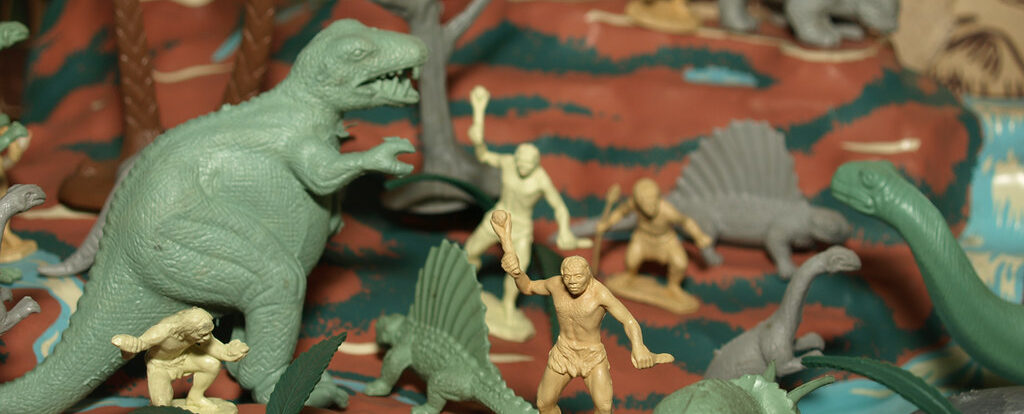
Evolution, the Divided Brain, and the Complexity of the Human Psyche
Sigmund Freud, the father of psychoanalysis, is famous (or perhaps infamous) for his controversial theories that placed sexuality at the very center of the human psyche. He argued that sexual instincts and impulses, emerging from the unconscious id, were the primary drivers of human behavior, motivation, personality development, and even mental illness. But was Freud wrong about the primacy of sexuality? Insights from evolutionary psychology, neuroscience, comparative anthropology, and post-Freudian depth psychology suggest a more complex picture.
The Evolution of Animal Behavior: Sex as the Bottom Line
To understand human nature, we must begin with evolution. In many simple animals, from insects to birds to mammals, a large portion of behavior can indeed be explained through sexual selection – the drive to attract mates, pass on genes, and ensure the survival of offspring. The elaborate tail of the peacock, the melodious songs of birds, the fierce antler battles of stags – all serve the ultimate Darwinian bottom line of reproductive success.
For these creatures, Freud’s reductive focus on sexuality as the prime mover would be largely accurate. As evolutionary biologist Edward O. Wilson states in his book Sociobiology, “the organism is only DNA’s way of making more DNA.” Life is in thrall to what Richard Dawkins dubbed “the selfish gene.”
Even in social species like ants, bees, wolves and lions, the intricate organization of the colony or pack serves the overarching imperative of group survival and reproduction. Altruism and cooperation are not sentimental – they have ruthlessly pragmatic evolutionary payoffs. Sexuality remains the key, even if shaped into complex mating dances and kin-selection strategies.
From this vantage point, Freud’s theories echo the insights of modern evolutionary theory. The Oedipus complex, with its primal tale of sexual competition between father and son, mirrors the reproductive rivalries found throughout the animal kingdom. Freud’s concept of libido as a kind of all-consuming sexual energy finds its parallel in the “selfish gene” relentlessly pursuing its own propagation.
The Divided Brain: The Triune Model and the Emergence of Complexity
However, as animals evolved more complex brains and behaviors, a new dimension emerged – one that would take center stage in humans and challenge the simplicity of Freud’s sexually-fixated model of the psyche.
Paul MacLean’s triune brain theory offers a useful framework here. Drawing on comparative neuroscience, MacLean proposed that the human brain evolved in three stages, each corresponding to a major evolutionary advance:
The Reptilian Complex
(R-complex), present in fish, amphibians, reptiles, birds and mammals, controls basic instincts, impulses and stereotyped behaviors. It is rigid, compulsive and ritualistic – the realm of stimulus-response and raw survival. Here, sex is an uncomplicated imperative.
Limbic System
The limbic system, developed in early mammals, adds a layer of emotion, memory, and social bonding. It allows for the emergence of play, nurturing, and complex social hierarchies. Sex takes on emotional and social dimensions beyond mere procreation.
Neocortex
The neocortex, expanded in primates and massively enlarged in humans, enables language, abstract thought, imagination, and self-awareness. At this level, sex becomes enmeshed in a web of meaning, symbolism, and individual identity.
MacLean saw these three neural strata as semi-independent, each with its own type of intelligence, memory and space-time orientation. In a sense, we have “three brains in one,” and our behavior arises from the interplay (or conflict) between them. The reptilian and limbic brains govern the instinctual and emotional domains that Freud attributed to the id and ego, while the neocortex gives rise to higher faculties that Freud assigned to the superego and ego ideal.
But the neocortex is not just a controlling mechanism for primitive drives, as Freud tended to portray it. With its astounding capacity for symbol-making, name-giving and mythologizing, it generates a whole universe of meaning and motivation that cannot be reduced to mere sublimations of sexual energy. It is the birthplace of art, science, philosophy, religion, and all that makes us distinctively human.
The Evolution of Consciousness: Ego, Culture and Individuation
The emergence of the neo-mammalian complex in humans also marked the emergence of what anthropologists call “culture” – that intricate web of language, ritual, myth, taboo and tradition that shapes human cognition and behavior in ways that go beyond genetic programming.
Jungian analyst Erich Neumann, in his book The Origins and History of Consciousness, traced the evolution of the human psyche through its archetypal stages. Drawing on mythology, art and ritual from around the world, Neumann outlined a sequence of psychic development mirrored in individual maturation:
- The uroboros, the primitive state of undifferentiated unity where ego and unconscious are fused and the world is an extension of the self
- The Great Mother, the stage of matriarchal consciousness where the ego begins to differentiate from the unconscious and relate to the world through symbols and magical thinking
- The separation of the World Parents, where the ego asserts itself against the unconscious, often through hero myths of dragon-slaying and rescuing the maiden
- The birth of the Hero, where the ego emerges as an independent center of consciousness but remains attached to the unconscious in a state of inflation and grandiosity
- The slaying of the Hero, where the ego is sacrificed to the unconscious, dismembered and reborn in a new form
- The transformation, where the ego re-encounters the unconscious on a higher level, leading to psychic wholeness and integration
For Neumann, this was the “monomyth” of the evolution of individual consciousness recapitulated in the myths and rituals of all cultures. It marked the birth of the self-aware individual, capable of making choices and shaping identity beyond the dictates of instinct and tradition.
This “individuation” process, as Jung called it, involved the differentiation and harmonious integration of various psychic functions and levels – body, emotion, reason, imagination, masculine and feminine, conscious and unconscious. In contrast to Freud’s idea that socialization was a repressive force to be overcome, Jung saw individuation as the fulfillment of culture, not a regression from it.
The great mythologist Joseph Campbell, building on Jung, saw this “hero’s journey” of self-discovery as the central theme of world literature and religion. The adventures of Gilgamesh, Odysseus, Gautama Buddha, and countless other legendary figures all enact this drama of separation from the familiar, initiation into the unknown, and return with newfound wisdom. It is the universal story of psychological transformation and rebirth.
Archetypes and the Collective Unconscious
Jung’s conception of archetypes and the collective unconscious provides another challenge to Freud’s model. For Jung, archetypes were universal patterns of meaning and motivation, inherited through evolution and expressed in the symbols, images and motifs of mythology, religion and art.
The Hero, the Wise Old Man, the Great Mother, the Trickster – these were not just cultural tropes but primordial psychological realities, as real and powerful as instincts. They shaped human thought and behavior in ways that went beyond the pleasure principle of sexuality and even beyond the individual unconscious.
As Anthony Stevens argues in his book Archetype Revisited, archetypes can be seen as evolutionary adaptations, “inborn templates” of cognition and behavior that guided our ancestors in meeting the challenges of survival and reproduction. The archetype of the Hero, for example, embodies the human capacity for courage, exploration and individual initiative – all traits with clear evolutionary advantages.
Archetypes around mating and pair-bonding, like the Lover or the Spouse, clearly have procreative payoffs. But other archetypes speak to psychological needs and social bonds that go beyond sex – the Mother nurturing her child, the Father protecting and providing for his family, the Warrior defending the tribe, the Sage passing on knowledge to the next generation.
In his book The Archetypal Imagination, Jungian analyst Michael Meade explores how myths and folk tales from around the world express these timeless human patterns. The very universality of certain themes and motifs – the descent into the underworld, the sacred marriage, the theft of fire, the wise fool – points to their archetypal basis and their ongoing relevance for psychological growth and social cohesion.
For Jung, the goal of human development was not just the resolution of sexual conflicts, but the integration of these archetypal energies into a mature, individuated personality. This was the “self-realization” of Eastern philosophy and Western alchemy – the transmutation of instinct into essence, of base metal into gold.
The Primitive and the Postmodern: Tribal Rituals and Mass Movements
Even the most archaic expressions of human culture and psychology – the rites and rituals of shamanism, magic and totemism – cannot be reduced to mere sexual sublimation, as Freud often argued. They address existential fears and spiritual yearnings that go beyond the pleasure principle.
The anthropologist Victor Turner, in his studies of the ritual symbolism of the Ndembu of Zambia, showed how the “liminal” phase of initiation rites – the stage where the initiate is suspended between old and new identities – serves vital social and psychological functions in tribal societies. It fosters social solidarity, generational continuity and individual growth — all cultural evolutions that bend the simple sexual imperatives of the id.
Similarly, the rites surrounding menstruation and fertility, so often interpreted by Freud in terms of “castration anxiety” and “penis envy”, can be seen as complex cultural elaborations around the mysteries of life and death, purity and pollution, time and eternity. They are not just sexual in meaning but speak to a larger human need for order, meaning and transcendence.
Indeed, the very idea of the “sacred” as a realm set apart from the “profane” world of natural instincts and social utility is a cultural universal that cannot be reduced to Freudian notions of sexual repression or neurosis. As Rudolf Otto argued in The Idea of the Holy, the experience of the sacred as a “mysterium tremendum et fascinans” – a mystery that is both terrifying and alluring – is a sui generis phenomenon that lies at the root of all religion.
Even in the postmodern West, where traditional religion has declined, the archetypes of the sacred continue to manifest in secular forms – in the charisma of political leaders, the adulation of celebrities, the mythologization of science and technology. These “modern myths” as Rollo May called them, serve deep psychological needs for meaning, belonging and transcendence in a disenchanted world.
The quasi-religious fervor of mass movements like communism, fascism and nationalism also attests to the enduring power of archetypes to shape human behavior in ways that cannot be reduced to simple sexual or economic drives. As Jung noted in his prescient 1936 essay “Wotan”, the Germanic god of war and frenzy was a living psychological force that fueled the rise of Hitler and Nazism.
In our own time, the global resurgence of fundamentalism, terrorism and identity politics can be seen as expressions of archetypal energies that have been repressed or neglected by the dominant culture. The “clash of civilizations” is not just a geopolitical conflict but a crisis of meaning and values that goes to the very heart of what it means to be human.
The Embodied Mind: Neurobiology, Ecology and Evolution
The emerging fields of evolutionary psychology, ecological anthropology and neurobiology provide further challenges to the Freudian model of the human psyche as a closed system of sexual and aggressive drives. They point to the deep interconnections between the mind, the body and the environment in shaping human cognition and behavior.
As neurologist Antonio Damasio argues in his book Descartes’ Error, reason and emotion are not separate but intimately intertwined in the brain. Our “gut feelings” and “somatic markers” – the visceral sensations that guide our decisions and valuations – are not just primitive impulses to be controlled by the intellect but essential sources of wisdom and intuition.
This “embodied” view of the mind is supported by research on the role of neurotransmitters, hormones and other biochemicals in regulating mood, memory and motivation. Oxytocin, for example, the so-called “cuddle hormone”, has been shown to promote pair-bonding, maternal care and social trust – all behaviors that go beyond mere sexual gratification.
Similarly, the complex interplay of genetics, epigenetics and the environment in shaping human behavior and development challenges the Freudian idea of the psyche as a fixed, universal structure. As evolutionary anthropologist Louise Barrett argues in her book Beyond the Brain, the mind is not a static product but a dynamic process that emerges from the interaction of the organism with its physical and social environment.
The human capacity for language, symbolism and culture is not just a “veneer” over primal drives, as Freud sometimes suggested, but a radical evolutionary innovation that has transformed the very nature of our minds and bodies. The enlarged neocortex, the extended period of childhood dependency, the plasticity of the brain – all these adaptations point to the centrality of learning, socialization and flexible behavior in human life.
The philosopher and ecologist David Abram, in his book The Spell of the Sensuous, goes even further in challenging the modern Western view of the mind as a disembodied, rational agent separate from nature. Drawing on the animistic worldviews of indigenous peoples, Abram argues that human consciousness is profoundly shaped by our sensory engagement with the living landscape.
Sex, Spirit and Evolution
In the end, Freud’s theory of a sexually-driven psyche was a product of his time and place – the repressive, bourgeois culture of Victorian Europe with its puritanical morality and its fascination with the “seamy” underside of human nature. It was a necessary and liberating corrective to the naive idealizations of the Enlightenment and the Romantic era.
But as the sciences of evolution, ecology and neurobiology have progressed, and as depth psychology has expanded its horizons beyond the Freudian model, a more complex and nuanced picture of the human psyche has emerged. We are not just sexual beings driven by libidinal impulses, nor are we disembodied minds seeking rational control over our baser natures.
We are living, embodied, evolved creatures embedded in a complex web of biological, social and symbolic relations. Our minds are not just products of our individual experiences but are shaped by the archetypes, myths and rituals of our collective history as a species.
The “epic of evolution”, as E.O. Wilson calls it, is not just a tale of selfish genes and survival of the fittest, but a grand unfolding of consciousness, creativity and meaning-making across the eons. From the most primal sexual instincts to the most sublime spiritual aspirations, the human psyche bears the imprint of this long journey.
The task of depth psychology in the 21st century is to integrate these disparate strands – the biological and the cultural, the personal and the transpersonal, the primitive and the postmodern – into a comprehensive vision of human nature that honors our animal heritage while celebrating our unique capacity for self-awareness, imagination and transcendence.
Freud’s insights into the power of sexuality and the unconscious will always remain a vital part of this project, but they must be woven into a larger tapestry that includes the wisdom of Jung, Neumann, Campbell and many others. Only then will we have a truly “holistic” psychology that can guide us through the challenges and opportunities of our rapidly evolving world.
Bibliography
Abram, D. (1996). The Spell of the Sensuous: Perception and Language in a More-than-Human World. New York: Pantheon Books.
Barrett, L. (2011). Beyond the Brain: How Body and Environment Shape Animal and Human Minds. Princeton, NJ: Princeton University Press.
Campbell, J. (1949). The Hero with a Thousand Faces. New York: Pantheon Books.
Corbett, L. (1996). The Religious Function of the Psyche. London: Routledge.
Damasio, A. R. (1994). Descartes’ Error: Emotion, Reason, and the Human Brain. New York: Putnam.
Dawkins, R. (1976). The Selfish Gene. Oxford: Oxford University Press.
Freud, S. (1930). Civilization and its Discontents. London: Hogarth Press.
Freud, S. (1955). The Interpretation of Dreams. New York: Basic Books. (Original work published 1900)
Freud, S. (1961). Beyond the Pleasure Principle. New York: W.W. Norton & Co. (Original work published 1920)
Freud, S. (1962). Three Essays on the Theory of Sexuality. New York: Basic Books. (Original work published 1905)
Jung, C. G. (1959). The Archetypes and the Collective Unconscious (R. F. C. Hull, Trans.). New York: Pantheon Books. (Original work published 1936)
Jung, C. G. (1971). Psychological Types (R. F. C. Hull, Trans.). Princeton, NJ: Princeton University Press. (Original work published 1921)
MacLean, P. D. (1990). The Triune Brain in Evolution: Role in Paleocerebral Functions. New York: Plenum Press.
May, R. (1991). The Cry for Myth. New York: W.W. Norton & Co.
Meade, M. (1993). Men and the Water of Life: Initiation and the Tempering of Men. New York: HarperCollins.
Neumann, E. (1954). The Origins and History of Consciousness. Princeton, NJ: Princeton University Press.
Neumann, E. (1955). The Great Mother: An Analysis of the Archetype. Princeton, NJ: Princeton University Press.
Otto, R. (1958). The Idea of the Holy: An Inquiry into the Non-rational Factor in the Idea of the Divine and its Relation to the Rational. London: Oxford University Press. (Original work published 1917)
Schore, A. N. (1994). Affect Regulation and the Origin of the Self: The Neurobiology of Emotional Development. Hillsdale, NJ: Lawrence Erlbaum Associates.
Segal, R. A. (1998). Jung on Mythology. Princeton, NJ: Princeton University Press.
Stevens, A. (1982). Archetype: A Natural History of the Self. London: Routledge & Kegan Paul.
Stevens, A. (2003). Archetype Revisited: An Updated Natural History of the Self. London: Brunner-Routledge.
Turner, V. W. (1969). The Ritual Process: Structure and Anti-structure. Chicago: Aldine Publishing Co.
van Gennep, A. (1960). The Rites of Passage. Chicago: University of Chicago Press. (Original work published 1909)
Wilson, E. O. (1975). Sociobiology: The New Synthesis. Cambridge, MA: Belknap Press of Harvard University Press.
Wilson, E. O. (1984). Biophilia. Cambridge, MA: Harvard University Press.

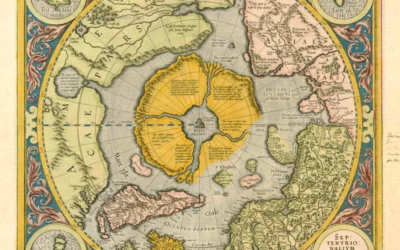

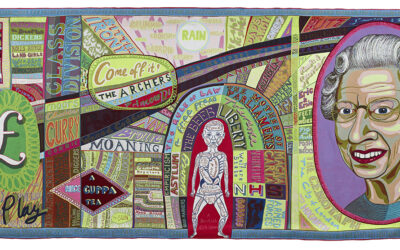




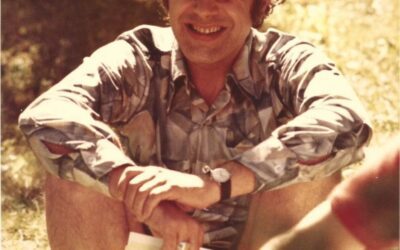
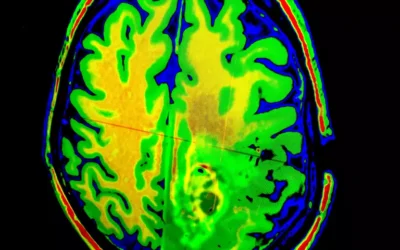








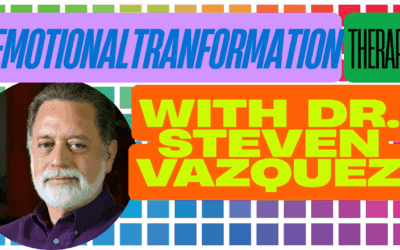


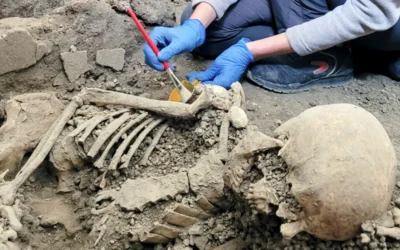




0 Comments